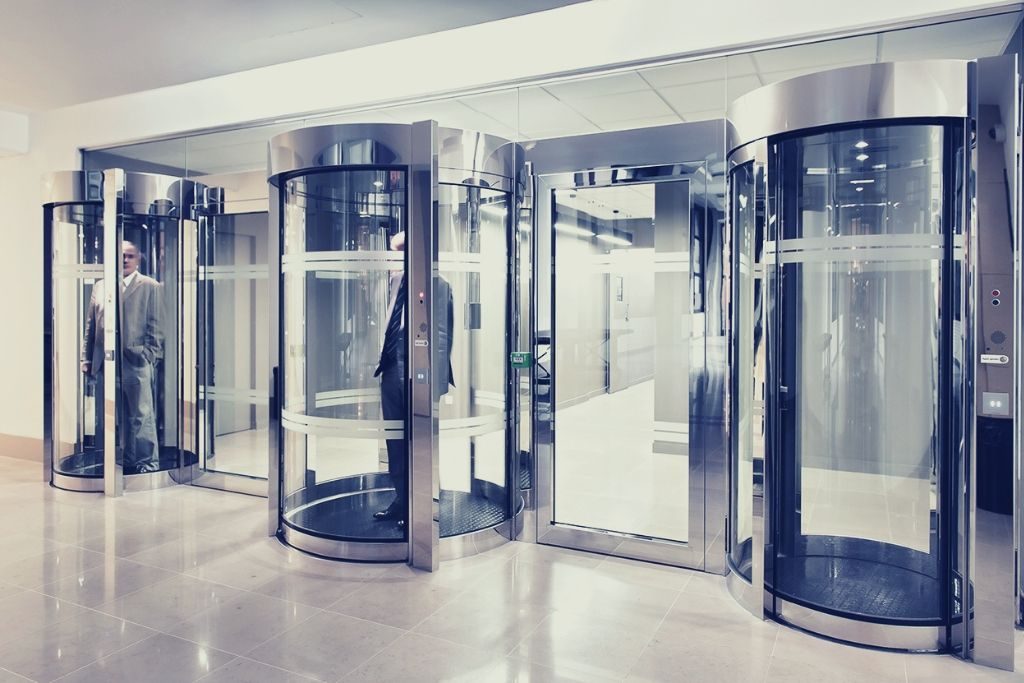4 Trends Shaping Modern Chinese Interior Design

Traditional Chinese interior design is typically characterized by lacquered surfaces, natural elements such as bamboo and stone, and a red, gold, and black color palette. But a new generation aims to revolutionize the industry, transforming the classical into the contemporary. Brimming with talent and creativity, these Chinese interior designers are determined to leave their mark.
Revolving at Dizzying Heights: Shanghai Tower Shows Architectural Possibilities

The most impressive addition to Shanghai’s lineup of breathtaking skyscrapers is the Shanghai Tower. Standing at 632 meters high, it is China’s tallest building, and only the Burj Khalifa in Dubai surpass its height. Located at the heart of Lujiazui, Shanghai’s commercial center and financial district, this awe-inspiring structure is a metaphor for China’s emergence and forward-looking future.
A Comprehensive Guideline to Electronic Access Control: 19 Benefits of Switching

Fast forward to the 21st century, electronic access control (EAC) systems use electronic locks, computerized programs, and credentials, which take the place of standard keys. EAC is highly customizable, making it a good option for anyone looking to bolster a building’s security, and give access to authorized individuals.
Accessing the Future: How a Catalan High School Manages Entrances

La Salle Bonanova is a large prestigious private high school on the outskirts of Barcelona at the foot of the Tibidabo mountain. A new comprehensive and flexible access management system has recently brought peace of mind for students, teachers, and parents.
7 Ways Artificial Intelligence Is Revolutionizing Architecture

While most of the buzz around artificial intelligence (AI) may seem new, the concept has been around for more than 60 years. American computer scientist John McCarthy, known as the “Father of AI,” coined the term “artificial intelligence” in the 1950s, leading researchers across the United States to dig into the computer learning for processing equations and theorems.
Facial Recognition: World Travel in the Times of Intelligent Access

Mass travel by plane has increased steadily since the early 2000s, with the number of airline flights expected to reach 39.4 million globally in 2019. With that growth comes a rising need for reliable & intelligent access control systems to make air travel smoother and more secure and efficient for passengers.